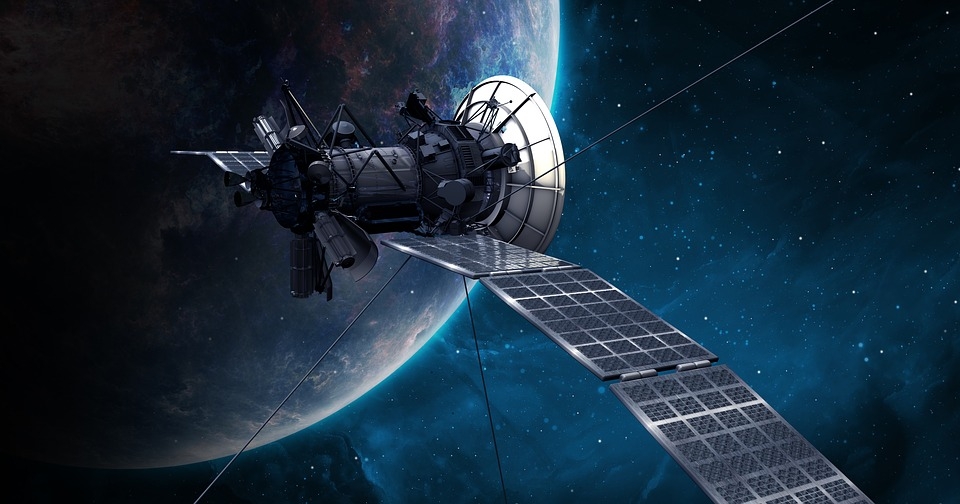For a long time, many have been on the search for aliens or at least life in other places beyond Earth. One physicist believes that a certain asteroid may not be what it seems.
Physicist Avi Loeb reiterated his belief that the supposed asteroid or space object named Ouamuamua is actually an alien probe. Loeb was commenting on the study published by researchers Yun Zhang and Douglas C. Lin of University of Cote D’Azur that seemed to suggest that the celestial object was a fragment of a dwarf planet ripped apart by the gravitational pull of a distant star. According to Loeb, “This new paper leaves open the possibility of an artificial origin for Ouamuamua because it cannot account for the required abundance of such objects by requiring a production region so compact around their parent star.”
Loeb then noted that this paper does not change his belief that the Ouamuamua may be an alien probe. Loeb also said that it is important to keep an open mind about the origin of this celestial object. He has long argued that scientists do not have enough time to really study the object to be able to come to a definite conclusion.
The Harvard University professor has also suggested that this unusually-shaped object that was first seen back in 2018, may have been an artificial solar sail that was driven by the pressure from solar radiation. “I have forecasted that future sky surveys, like LSST with the Vera Rubin Observatory, will likely find many more interstellar objects and help us unravel the origin of object like Ouamuamua,” said Loeb.
Meanwhile, upon NASA’s recent discovery of an exoplanet that has similarities to Earth, an illustrated image shared by the agency depicts what that exoplanet, also known as Kepler 1649c would be like should humans decide to inhabit the surface of this planet.
The illustration showed a lake with the red dwarf star it orbits setting on the horizon. The illustration also showed clouds, which may mean that NASA is certain that there is an atmosphere on Kepler-1649c. However, more studies need to be conducted to be sure that there is an atmosphere.



 The mystery of consciousness shows there may be a limit to what science alone can achieve
The mystery of consciousness shows there may be a limit to what science alone can achieve  The brightest object in the universe is a black hole that eats a star a day
The brightest object in the universe is a black hole that eats a star a day  Synthetic human embryos let researchers study early development while sidestepping ethical and logistical hurdles
Synthetic human embryos let researchers study early development while sidestepping ethical and logistical hurdles  How do airplanes fly? An aerospace engineer explains the physics of flight
How do airplanes fly? An aerospace engineer explains the physics of flight  Archeoastronomy uses the rare times and places of previous total solar eclipses to help us measure history
Archeoastronomy uses the rare times and places of previous total solar eclipses to help us measure history  Why now is the time to address humanity’s impact on the moon
Why now is the time to address humanity’s impact on the moon  Customizing mRNA is easy, and that's what makes it the next frontier for personalized medicine − a molecular biologist explains
Customizing mRNA is easy, and that's what makes it the next frontier for personalized medicine − a molecular biologist explains  Our survey of the sky is uncovering the secrets of how planets are born
Our survey of the sky is uncovering the secrets of how planets are born  Why some people don't trust science – and how to change their minds
Why some people don't trust science – and how to change their minds  Six space missions to look forward to in 2024
Six space missions to look forward to in 2024  What is minoxidil, the anti-balding hair growth treatment? Here’s what the science says
What is minoxidil, the anti-balding hair growth treatment? Here’s what the science says  Could a telescope ever see the beginning of time? An astronomer explains
Could a telescope ever see the beginning of time? An astronomer explains  The brain is the most complicated object in the universe. This is the story of scientists’ quest to decode it – and read people’s minds
The brain is the most complicated object in the universe. This is the story of scientists’ quest to decode it – and read people’s minds 






























